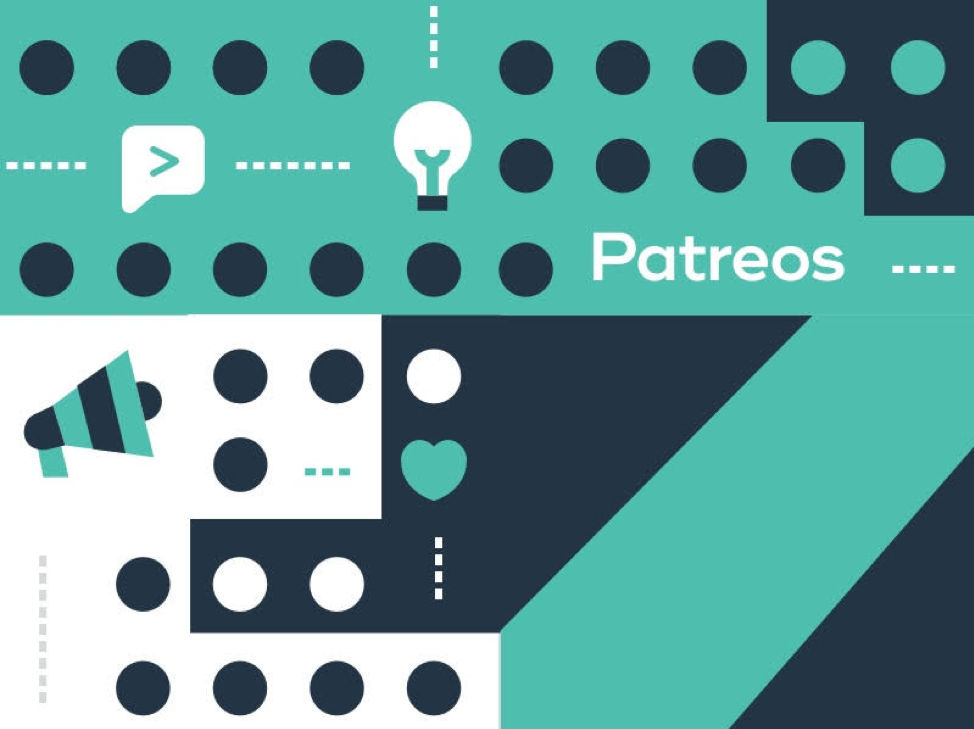If you’re an artist, writer, videographer, freelance reporter or any other breed of content producer, you already know the challenge you face trying to stand out in today’s teeming digital environment. Blockchain content may be the key ingredient.
Now, add to that the frustration that comes with posting your work on content platforms which demand excessive fees – in some case more than 40 percent of your earnings – while also declaring creative control over your efforts.
It is a frustration Britt Kim, CEO of Patreos, fully understands – and he is doing something about it.
Blockchain-Powered Content
The disparities inherent in today’s popular content platforms inspired Kim to launch Patreos, a blockchain-powered content platform that offers an alternative outlet for creators seeking a more equitable arrangement.

“Everyday creators fight to get discovered online,” says Kim. “In order to ensure their work is ‘discovered,’ many have to strike proverbial deals with the devil, agreeing to display their handiwork on popular platforms like Facebook, YouTube, SubscribeStar, and others, while – at the same time – surrendering creative control and acquiescing to high fees.”
Instead, Kim’s brainchild, Patreos, provides creators and fans with a decentralized, ad-free content platform.
Artists, citizen journalists, and others can share their work on Patreos, directly engaging with appreciative fans. Fans, in turn, can directly support the content creators they love. They can subscribe to preferred artists, offer financial support and help amplify their work.
This subscription model is just one of the components that set Patreos apart from traditional, centralized-content platforms. Another important feature is the platform’s lack of censorship. Because Patreos resides on the blockchain, creators are granted creative freedom when sharing their work.
That is not the case with mainstream content platforms.
Thanks to the fine print woven into user agreements, big-name content outlets are permitted to usurp any work deemed objectionable to advertisers, payment processors, or others. And, in some instances, the platforms can freeze a creator’s revenue stream in a phenomenon referred to as “content demonetization” – leaving the creator in a state of financial limbo.
Centralized DNA
As the recently-released Patreos whitepaper states: “Suppression and fees are the natural outcomes of for-profit, centralized platforms designed to appeal to a common-denominator audience, meaning creative expression will be censored if it threatens the bottom line.”
To be clear, Kim doesn’t fault YouTube and the other leading content platforms for the inefficiencies in their systems.
“Those inefficiencies are baked into the DNA of the centralized, outmoded business models those content sites now rely on,” he says.
“Just like creators fight to survive, so too do mainstream content outlets. They must attract the biggest audience possible. And they also must partner with investors, payment processors, advertisers and other entities. These realities make high fees and censorship inevitable,” says Kim.

“It’s common for artists to vent about traditional outlets,” says Brad Robertson, CEO of Polyient Labs, an early-stage Patreos partner. “What appealed to us about Patreos was Britt did something to address those frustrations. He recognized creators weren’t being treated fairly and he built a platform to ensure they would be.”
To learn more about Patreos or to download the white paper, visit Patreos.com.
Stay in the loop with us at StarterNoise to be the first to know when something big happens.
Jeff Hinkle is a content manager, strategist and communications and marketing flack. Prior to joining corporate America, he worked at a variety of magazines and newspapers as a reporter and editor covering politics, personalities, crime, and punishment.


